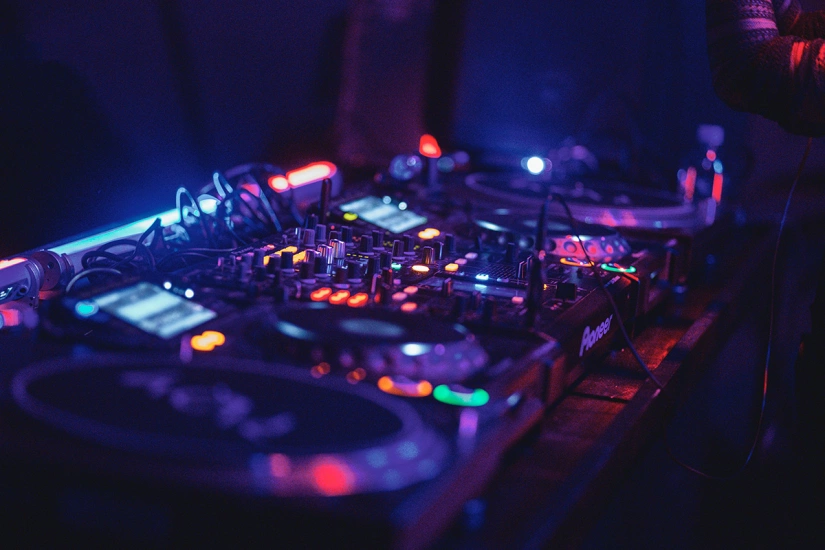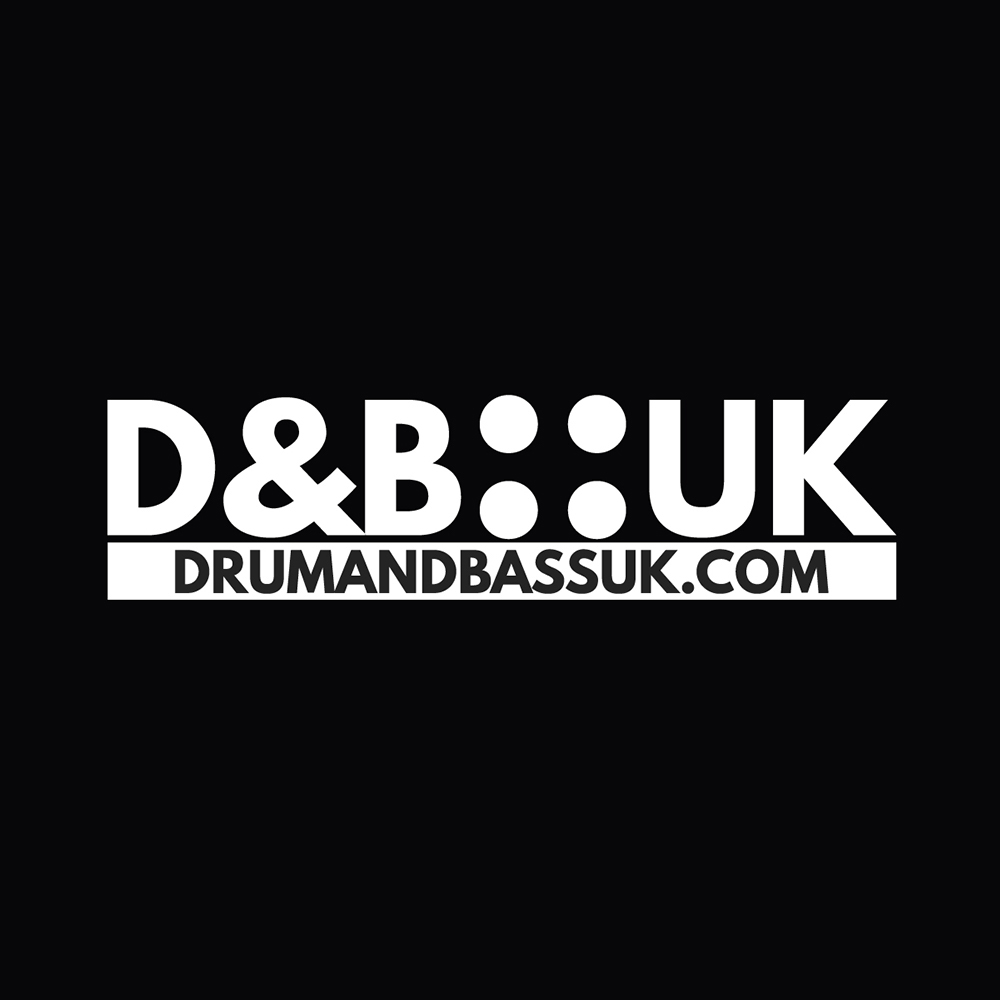
The Ultimate Guide to Drum & Bass: History, Subgenres & Evolution
Drum & Bass isn’t just a genre—it’s a movement. From its roots in the UK’s underground rave scene to its global dominance today, DnB has evolved into one of the most dynamic and enduring styles of electronic music. It’s a genre that thrives on innovation, constantly reshaping itself through cutting-edge production techniques, high-energy DJ sets, and an unwavering commitment to bass and rhythm.
Whether you’re new to the world of DnB or a seasoned head, this guide will take you through its history, subgenres, and evolution, giving you a deeper understanding of why this genre continues to captivate dancefloors worldwide.
What is Drum & Bass?
Drum & Bass (often abbreviated to DnB or D&B) is a genre of electronic dance music defined by fast breakbeats (typically between 160–180 BPM), deep basslines, and complex rhythms.
At its core, DnB is built around breakbeats—chopped and looped drum samples that give the music its unique, syncopated groove. The most famous of these is the Amen Break, a six-second drum loop from The Winstons' 1969 track Amen Brother, which became the foundation of Jungle and early DnB.
But DnB is more than just beats and bass—it’s about energy, movement, and atmosphere. Whether it’s the soulful vibes of Liquid, the dark tech-heavy sound of Neurofunk, or the heavyweight basslines of Jump-Up, DnB offers something for everyone.
The Origins: Jungle and the Birth of Drum & Bass
The Jungle Era (1990–1994)
Before Drum & Bass, there was Jungle—a genre that fused UK rave music with breakbeats, reggae basslines, and dancehall influences. The early 90s saw an explosion of pirate radio stations in London, broadcasting raw, high-energy breakbeat tracks to a growing underground audience.
Key pioneers of Jungle included:
-
LTJ Bukem – Brought a jazzy, atmospheric style to breakbeats.
-
Goldie – Founder of Metalheadz, known for darker, futuristic sounds.
-
Shy FX & UK Apache – Released "Original Nuttah", a Jungle anthem.
By 1994, Jungle was at its peak, but the sound was about to evolve into something new.
The Shift to Drum & Bass (1994–1997)
By the mid-90s, producers started moving away from the reggae and dancehall elements of Jungle, refining breakbeats into a tighter, more futuristic sound. This shift from Jungle to Drum & Bass birthed a new wave of labels and subgenres, each pushing the boundaries in different directions.
Key labels leading the transformation:
-
Ram Records (Andy C) – Pioneered a tech-driven approach to DnB.
-
Moving Shadow – Home to early anthems blending dark atmospheres and crisp breaks.
-
Good Looking Records (LTJ Bukem) – Defined the intelligent DnB sound with jazz and ambient influences.
This era saw the BPM settle around 170 and the rise of DJs as headliners, with names like Fabio & Grooveriderleading the scene.
The Evolution of Drum & Bass: A Breakdown of Subgenres
Over the years, DnB has splintered into multiple subgenres, each with its own distinctive sound. Here’s a look at the major styles that have shaped the scene.
Liquid Drum & Bass
-
The Sound: Smooth, melodic, soulful, often incorporating live instruments and jazz influences.
-
Key Artists: High Contrast, Calibre, Lenzman, Etherwood.
-
Why It’s Popular: Liquid offers a more musical, emotional take on DnB, making it great for both club sets and chilled listening.
Neurofunk
-
The Sound: Dark, tech-heavy, robotic, with intricate bass sound design.
-
Key Artists: Noisia, Black Sun Empire, Mefjus, Phace.
-
Why It’s Popular: Neurofunk’s futuristic, cinematic feel makes it a favourite among producers and bassheads.
Jump-Up
-
The Sound: Bouncy, energetic, fun, often featuring high-pitched, wobbling basslines.
-
Key Artists: DJ Hazard, Macky Gee, Guv, Hedex.
-
Why It’s Popular: A staple at raves, known for its rowdy, festival-friendly vibe.
Minimal / Deep DnB
-
The Sound: Sparse, hypnotic, atmospheric, with a focus on subtle textures and rolling basslines.
-
Key Artists: Alix Perez, dBridge, Skeptical, Dub Phizix.
-
Why It’s Popular: A more sophisticated, immersive take on DnB, blending elements of dub and techno.
Halftime DnB
-
The Sound: Slower BPM (80–100) but retains the weight and bass impact of DnB.
-
Key Artists: Ivy Lab, Shades, Sam Binga.
-
Why It’s Popular: A crossover genre blending hip-hop, dubstep, and DnB aesthetics.
Where is Drum & Bass Headed Next?
Drum & Bass has gone from an underground UK movement to a global phenomenon. Festivals like Let It Roll, Hospitality on the Beach, and Rampage bring massive crowds, and new talent is emerging worldwide, from New Zealand (Monty, Tali) to North America (Reaper, Flite).
With the rise of AI-driven music production, immersive live experiences, and hybrid genres, Drum & Bass continues to evolve while staying true to its breakbeat-driven, bass-heavy roots.
Final Thoughts
Whether you’re a liquid head, a neurofunk enthusiast, or just getting into DnB, one thing is clear—this genre isn’t going anywhere. It’s fast, relentless, and constantly pushing boundaries.
What’s your favourite DnB subgenre? Let us know in the comments!
Photo by Aleksandr Popov on Unsplash


























Comments
0